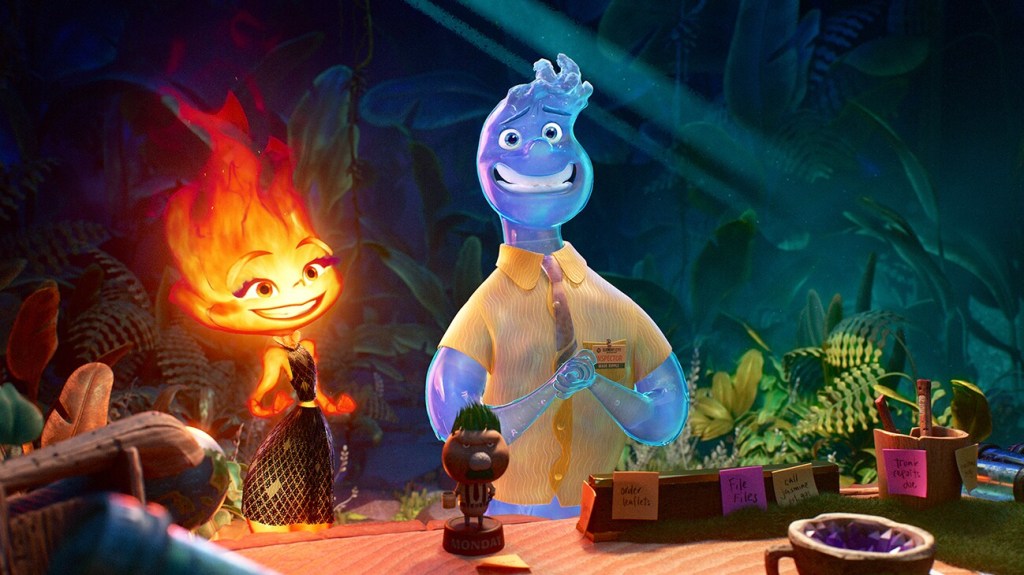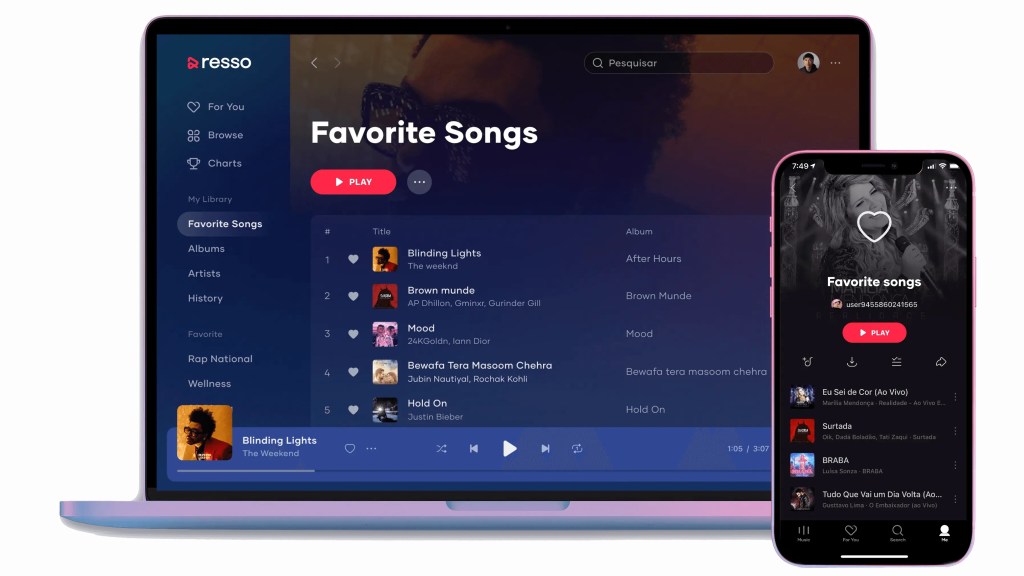 Image Credits: Pixar's "Elemental"
Image Credits: Pixar's "Elemental"
Disney-owned animation studio Pixar is poised to undergo layoffs this year, TechCrunch has learned and the company confirmed. While sources at the company said the layoffs would be significant and as high as 20% — or reductions that would see Pixar’s team of 1,300 dropped to less than 1,000 over the coming months — Pixar says those numbers are too high. Rather, the studio said the number of impacted employees is still being determined due to factors like production schedules and staffing for future greenlit films.
The studio stressed the layoffs are not imminent, but will take place later this year as Pixar focuses on making less content.
According to insiders, the Pixar layoffs include headcount that was hired for Disney+ — hires Disney pushed on Pixar to produce for its streaming division, which hasn’t yet turned a profit.
In Q4, Disney+ added 7 million new subscribers, bringing its total to 150.2 million, including Hotstar, beating analysts’ expectations of 148.15 million subscribers. Disney+’s ad-supported customers also grew by 2 million to reach 5.2 million, as more than 50% of new U.S. customers chose an ad-supported product.
A Disney subsidiary, Pixar is best known for films like “Finding Nemo,” “Monsters, Inc.” “WALL-E,” the “Toy Story” franchise, and others. It’s now the latest to be impacted by Disney’s cost-cutting measures, which the company said during its Q4 earnings would increase by an additional $2 billion to reach a target of $7.5 billion, following a decrease in ad revenue from ABC and other TV stations and continued (though narrowing) losses within the Disney+ streaming division.
Disney said it expects to get its streaming service out of the red by Q4 2024 as a result of the “restructuring” of the company that “enabled tremendous efficiencies,” CEO Bob Iger told investors during earnings. In addition, it has been cutting down on its streaming losses. As of Q4 2022, Disney+ lost nearly $1.5 billion; in Q4 2023, it lost “just” $387 million.
Pixar’s “Elemental” was cited as one of the popular titles to hit the streaming platform in the quarter alongside other Disney and Marvel releases, like “The Little Mermaid” and “Guardians of the Galaxy Vol. 3.” “Elemental” had grossed half a billion worldwide, Disney said, and was the most-viewed film on Disney+ in the quarter, but was initially considered a box office bomb and one of the worst debuts in Pixar’s 28-year history. The film made up for its poor opening over time, but had followed other under-performing titles like “Lightyear” and “Onward,” which forced Disney to reconsider its release strategy.
Pixar’s “Onward,” released in March 2020, had run into issues due to the start of the COVID pandemic, but “Soul,” “Luca” and “Turning Red” were released directly to Disney+.
“Disney had more or less trained audiences to expect big, hot Pixar content at home,” explained Brandon Katz, an entertainment industry strategist at Parrot Analytics. “Retraining the audience to re-embrace the theatrical experience and prioritize that…takes time.”
Katz also noted that Pixar has had to contend with other changes in audience behavior and preferences, beyond the shift to streaming. For example, audiences in the 2010s preferred pre-established IP, which required less marketing and less buy-in from consumers. Now, audiences are facing sequel and franchise fatigue.
“That pendulum swing has been hard for all studios, Pixar included, to keep up with,” Katz added. “If you look at their box office history, [2017’s] ‘Coco’ was their last megabucks box office original — meaning, surpassing $500 million-plus worldwide.”
This year, the animation studio is set to release an “Inside Out” sequel and, in 2025, “Elio,” a new film about a boy who goes on an intergalactic adventure. This pace could help keep Pixar’s budget in line, which tends to hover around $200 million per film, Katz noted. Other animation houses have smaller budgets, like $75-100 million at Illumination and $70-145 million at DreamWorks.
“Every single film when they’re at, 200 million plus, is going to require significant box office returns to break even and turn a profit,” he said.
Earlier in 2023, Pixar laid off 75 positions, including two executives behind “Lightyear,” Reuters reported, including longtime animators Angus MacLane (“Toy Story 4,” “Coco”) and Galyn Susman, who had been with Pixar since the original “Toy Story.” Those cuts were part of Iger’s plan to reduce headcount by 7,000 jobs and $5.5 billion in costs, the report said.
“Turning streaming into a profitable growth business” was a top opportunity Iger cited for 2024, he told investors in Q4.
Also this year, Disney+ will gain Hulu content in the U.S., in another bid to boost its streaming business, mirroring other consolidation among its peers, including the Warner Bros and Discovery merger and a rumored Paramount merger.
Disney execs at the Consumer Electronics Show this week in Las Vegas have been showcasing Disney’s ad tech that works across its linear and streaming platforms, following 2023’s launch of ad-supported streaming on Disney+.








